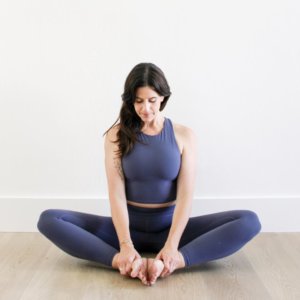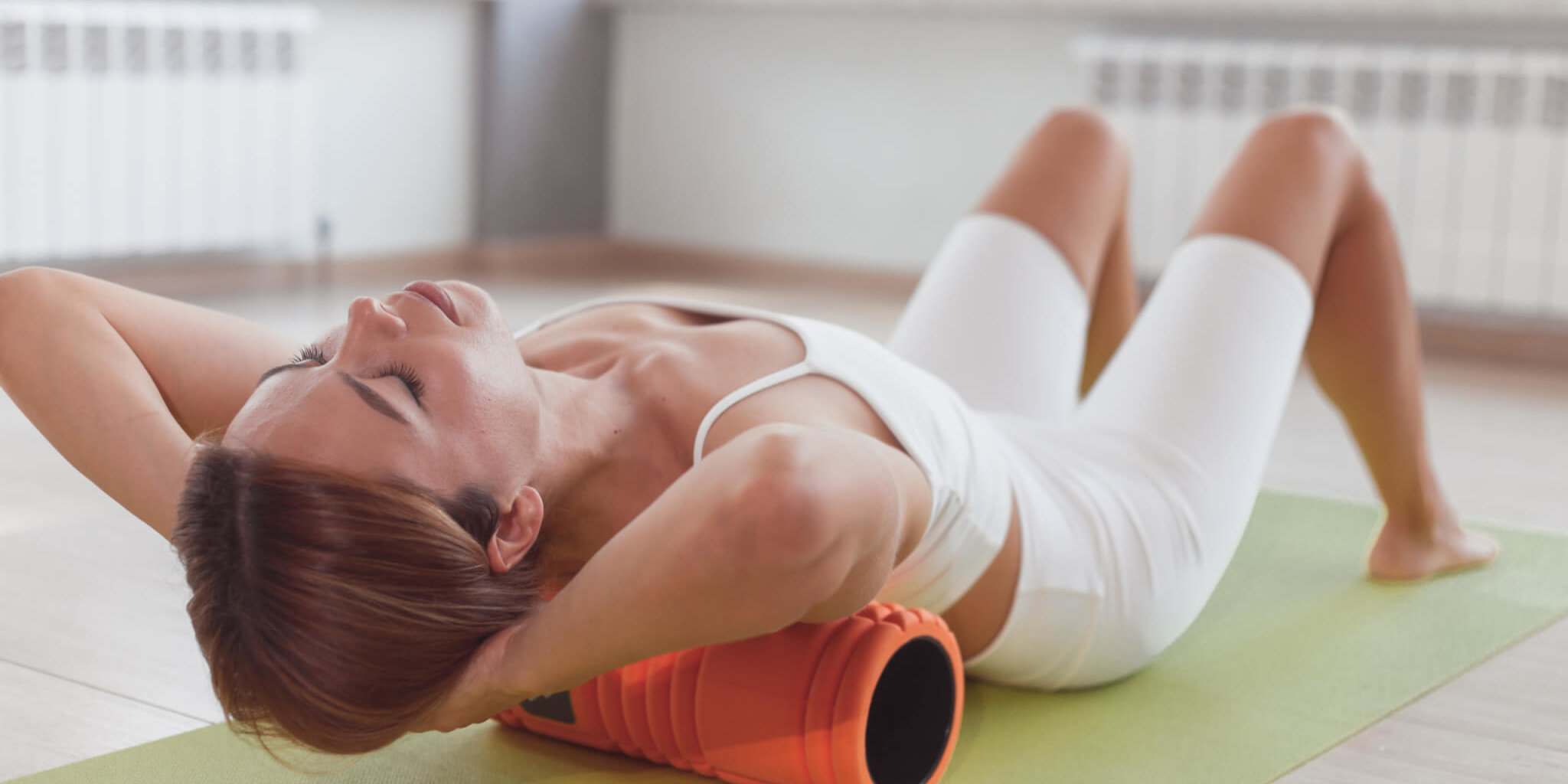My mum always did things 150%. Whenever she’d go through a new phase in her life (which was often), she’d be all in—down to changing the decor in our house. For example, when she went back to school to study archaeology, she traded in her cowboy boots (from the previous horse-riding phase) for hiking boots and redecorated our living room in arrowheads and turquoise.
Working out was the same. Whenever she went through a fit phase, she would purchase all the gear, from the tennis shoes to the equipment, both of which would inevitably sit unused after the first month of excitement.
Another thing she invested in well before they were popular were workout recovery programs. In addition to our entire kitchen counter being covered in supplements, rogue foam rollers poked out from dark corners of the garage and she even had an inversion table, which ended up collecting more clothes than time spent using it.
I adopted her all-or-none attitude, but where my mum tended to jump from project to project, I was “all in” to a fault.
In my early adulthood, this meant staying in relationships and jobs well past their due dates. When I first started doing yoga, it meant continuing to do poses that were potentially harmful. It also meant sticking with recovery programs even after I began questioning their effectiveness, for example, seeing a chiropractor multiple times a week or eating protein bars like candy, stomach lining be darned.Two decades, a few major injuries, and one baby later, I am a lot more discerning when it comes to the choices I make about my workouts and recovery.
Just as I make wise choices on the mat, as far as doing appropriate shapes or movements and listening to my body, I try to make wise choices off the mat about what I’m putting both in and on my body.
I value my recovery as much as I value my workout, but these days the market is so saturated with products that making wise choices is getting trickier.
Work Out Hard, Rest Harder
Recovery seems to be very in vogue these days. Top athletes and performers, like Madonna and Lady Gaga, regularly post videos of themselves in ice baths on Instagram. CBD muscle balms are now as prevalent at the drugstore checkout line as hand lotion used to be. The public seems to be taking recovery seriously these days, and with good reason. Much of the data suggests that recovery is essential for preventing injury, building muscle, and improving performance.
In fact, it is on our days off that our muscles build and repair. This is why rest days are as important as active training days for many pro athletes. For example, marathon runners are regularly advised by experts and other elite runners to take one day off per week in order to improve their time.
When I first started working out regularly, I was always worried that I’d lose traction by taking time off, but the science shows again and again that rest days improve performance.
Studies show that nutrition is also important for enhancing recovery. Some recovery supplements have been found to be particularly effective, like those containing vitamin D, collagen, and vitamin C.
Good sleep may be the most important element for recovery. A 2015 study of professional soccer players showed the detrimental effects of lack of sleep, including slowed muscle glycogen repletion (glycogen is considered our fuel for intense exercise), and reduced muscle repair.
The science confirms that rest days, sleep, and nutrition are a must when it comes to workout recovery, but what about all the other products or techniques saturating the market?
Is it really worth it to dunk ourselves into a vat of ice like a beer at a barbeque? Or paying a pretty penny for percussive massage instruments? As studies are still quite limited on many of these, how can we know if something is truly beneficial or merely snake oil?
Here are a few tips to help you make wise choices when investing in your workout recovery:
- Trust the performance. A lot of celebrities endorse various products that they don’t necessarily use in the real world. When you’re doing research on a workout recovery item, look not only at who is selling it but who is actually using it. For example, the elite athletes who partner with Shaklee have won a combined 151 gold, silver, and bronze medals in the Winter and Summer Games. Clearly, the products they are using are doing something right!
- Listen to your body. When we look to our body for guidance, it will tell us exactly what is working and what is not. Some over-the-counter supplements I have taken upset my tummy immediately, whereas others, like the Performance PM Recovery Complex, seemed to give me great results the very next day. When you read reviews for the product you are considering, note how many people report feeling physical benefits. If they tangibly feel the effects, that’s a pretty clear sign something is working and therefore may work for you. But of course, you know your body best.
- Check the return policy. You are allowed to change your mind. Sometimes we spend so much money on a product that we feel like we must use it, even if we’re not getting the results we hoped for. When investing in larger ticket recovery items (ahem, inversion tables), make sure there is some kind of return policy or trial period so you’re not stuck with a dinosaur of workout equipment in your bedroom that you have only used once.
- It’s okay if it’s a placebo. Your brain can convince you that something is helping you, even when the product itself may not actually be making any physiological difference. This is called the placebo effect, and a great number of recovery products fall into this category. have shown that placebos can actually be effective under the right circumstances. It seems that if our brain thinks we’re making healthy choices, the body can respond accordingly. Positive thinking goes a long way.
- High-tech does not equal better. The most effective things we can do for our recovery are taking days off from physical activity, sleeping well, and eating nutritiously. Note that none of these involve an electrical outlet. Well, maybe a sound machine if your partner snores, but you get what I’m saying. The higher the price tag or more advanced the technology does not necessarily mean the more effective the product.
 Sarah Ezrin is a freelance writer, world-renowned yoga educator, popular Instagram influencer, and mama based in the San Francisco Bay Area. Her willingness to be unabashedly honest and vulnerable along with her innate wisdom make her writing, yoga classes, and social media great sources of healing and inner peace for many people. Sarah is changing the world, teaching self-love one person at a time. For more information please visit her website www.sarahezrinyoga.com.
Sarah Ezrin is a freelance writer, world-renowned yoga educator, popular Instagram influencer, and mama based in the San Francisco Bay Area. Her willingness to be unabashedly honest and vulnerable along with her innate wisdom make her writing, yoga classes, and social media great sources of healing and inner peace for many people. Sarah is changing the world, teaching self-love one person at a time. For more information please visit her website www.sarahezrinyoga.com.






